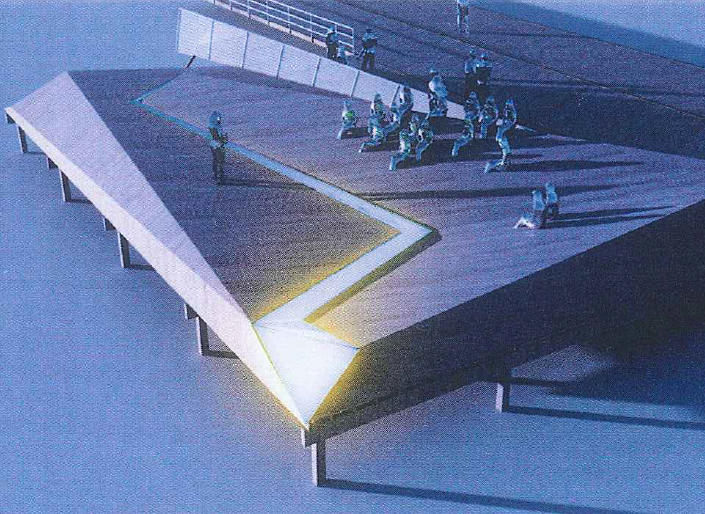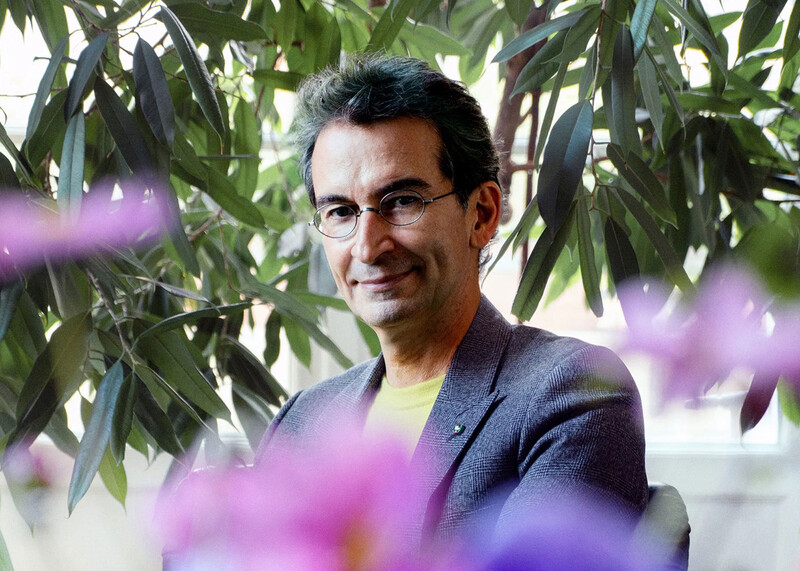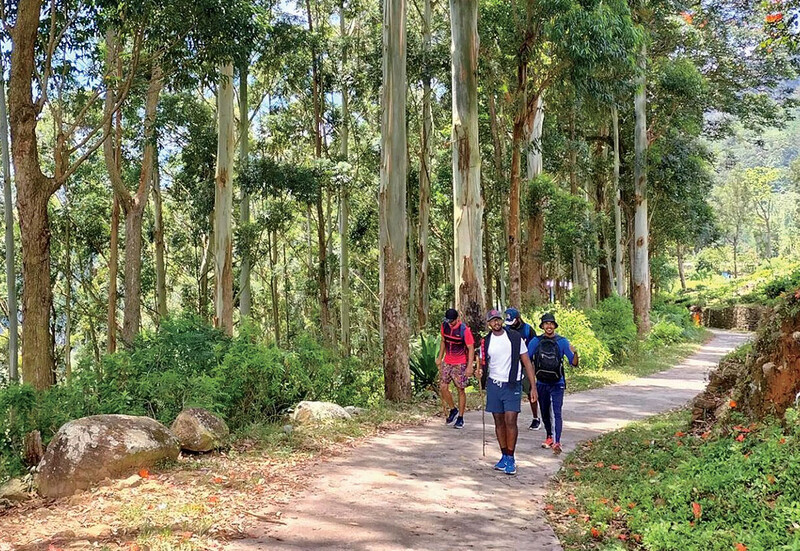It’s a peculiar location for a Holocaust memorial: the neon-lit, popcorn-strewn boardwalk of Atlantic City.
How could victims of genocide be properly honored here?
Architects Patrick Lausell ’09GSAPP and Paola Marquez ’09GSAPP provided a solution recently, beating out 700 other plans from architects in 55 countries as part of a competition organized by a group of local community leaders. Entrants were asked to design a memorial to be located on the ocean side of the boardwalk, where there’s currently a large, covered pavilion. Lausell and Marquez’s design, titled “Fractured Landscapes,” imagines a new section of boardwalk whose surface is contorted into large, asymmetrical slopes.
“We want to convey that something violent happened in our collective past,” says Lausell. “The memorial will be a part of the boardwalk itself, using the same materials, but buckled and broken and fractured.”
A lightning-shaped crevice in the memorial’s surface will be covered by glass to represent, according to the winning proposal, “a river of light . . . expressing our hopes for peace.”
The effort to build a Holocaust memorial near the boardwalk has been led by Rabbi Gordon Geller, of Temple Emeth Shalom in nearby Margate City, who has been advocating for the idea to politicians for nearly 30 years. The Atlantic City Council has approved the memorial contingent on Geller’s ability to raise private donations to cover its estimated $2–$4 million cost by the middle of 2012.
Some Jewish leaders have criticized Geller’s plan, arguing that it’s inappropriate to honor Holocaust victims in a gambling mecca. Geller insists the boardwalk is an ideal location, as nearly 10 million people walk it each year. Lausell agrees, explaining that the memorial is designed to educate people as well as to provide solace to victims and their families.
“The Atlantic City boardwalk is one of the most visited sites in the United States,” he says. “We’ll have a built-in audience that may not be aware of, or thinking about, issues like genocide. That’s exactly the audience we’re trying to reach.”



